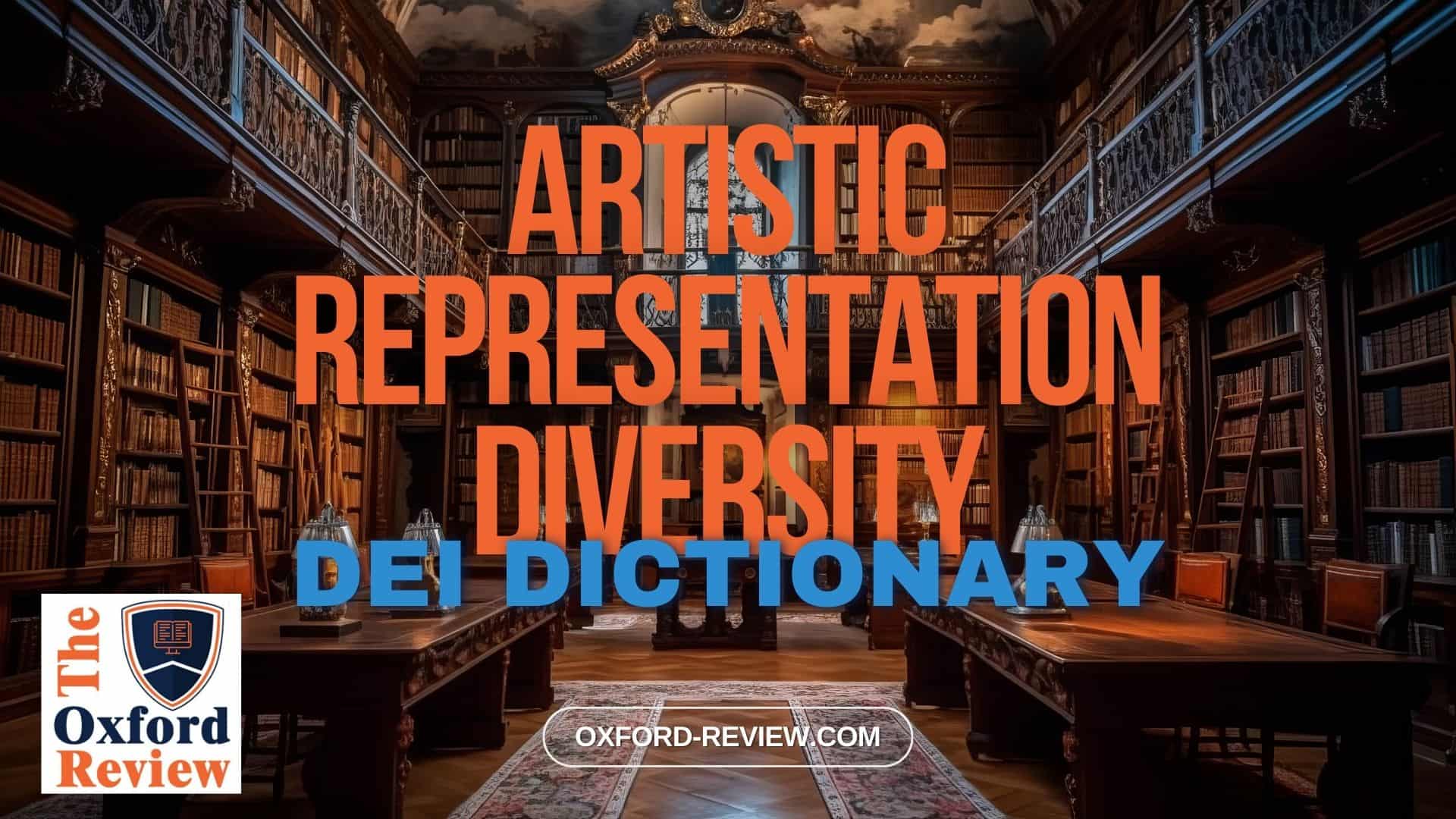Artistic Representation Diversity – Definition and Explanation

Artistic Representation Diversity: Fostering Inclusivity Through Creative Expression
In the domain of Diversity, Equity, and Inclusion (DEI), Artistic Representation Diversity stands as a crucial concept, nurturing inclusivity and understanding through creative expression. This term encompasses the recognition and celebration of diverse voices, perspectives, and identities within artistic mediums, spanning visual arts, literature, performing arts, and more.
Definition:
Artistic Representation Diversity surpasses mere acknowledgement of diversity; it actively seeks to amplify marginalised voices and provide platforms for underrepresented communities to authentically share their stories. This entails breaking away from traditional, often homogenous narratives and embracing the richness of human experience in all its forms.
Why Artistic Representation Diversity Matters:
- Fostering Inclusivity: Embracing diverse artistic representations creates spaces where individuals from all backgrounds feel seen, heard, and valued, fostering a sense of belonging and promoting empathy and understanding among diverse audiences.
- Challenging Stereotypes: Art has the power to challenge stereotypes and dismantle harmful narratives perpetuated by mainstream media. Through diverse artistic representations, we can debunk stereotypes and highlight the complexities and nuances of different cultures, identities, and experiences.
- Promoting Social Change: Artistic expression has long been a catalyst for social change. By amplifying the voices of marginalised communities, Artistic Representation Diversity can spark important conversations, raise awareness about social issues, and drive positive change.
Example:
A notable example of Artistic Representation Diversity is the work of Nigerian-American author Chimamanda Ngozi Adichie. Adichie’s novels, such as “Half of a Yellow Sun” and “Americanah,” centre on the experiences of African characters and explore themes of race, identity, and colonialism. Through her writing, Adichie offers a nuanced portrayal of African cultures and challenges Western-centric perspectives, contributing to greater diversity and representation in the literary landscape.
Conclusion:
In conclusion, Artistic Representation Diversity is not merely a buzzword but a powerful tool for promoting inclusivity, challenging stereotypes, and driving social change through creative expression. By embracing and championing diverse artistic voices, we can create a more equitable and enriched cultural landscape for generations to come.
Be impressively well informed

Get the very latest research intelligence briefings, video research briefings, infographics and more sent direct to you as they are published
Be the most impressively well-informed and up-to-date person around...
